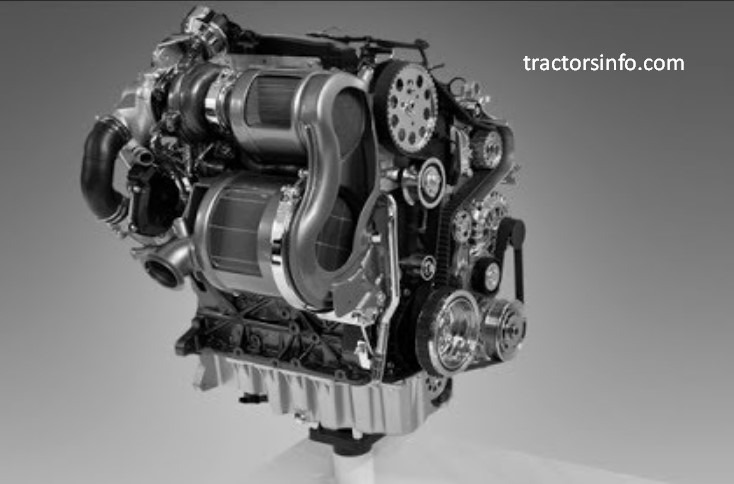VW/Audi 1.6 TDI CR EA288 Engine Specs, Problems & Reliability
VW/Audi 1.6 TDI CR EA288 Engine – Here in this post, I have taken all the details about VW/Audi 1.6 TDI CR EA288 Engine from the (official site) including VW/Audi 1.6 TDI CR EA288 Engine specs, Weight, Price & Dimension.
We believe to provide accurate details to our readers and we prefer only official sources for information about VW/Audi 1.6 TDI CR EA288 Engine.
All the details which you want to know about VW/Audi 1.6 TDI CR EA288 Engine you can find in this article which is updated.
VW/Audi 1.6 TDI CR EA288 Engine
If anyone of Volkswagen enthusiasts is reading this article, you will know of the fact that EA189 was the main focus of the scandal known as the “VW emissions scandal.”
In simple terms, Volkswagen reportedly installed “defeat devices” inside the EA189 engine to avoid emissions tests and to comply with EPA emissions regulations.
Volkswagen was required to inform the EA189 2.0 TDI car owners about the buyback plan as part of a $14.7 billion deal.
After the scandal, the Volkswagen Group released the EA288 1.6 in 2012 and 2.0 TDI in 2015, used on VW and Audi automobiles. The EA288 has a power output of 74hp or 236hp and 166lb-ft or 369lb-ft torque.
With that in mind, we’ll talk about this engine. 1.6 ATDI CR EA288 engine.

VW/Audi 1.6 TDI CR EA288 Engine Specs
The EA288 engine series came out in 2012. It’s also the platform modular for diesel engines (MDB Modularer Dieselbaukasten). Modularer Dieselbaukasten). The EA288 comprises three-cylinder 2.0 TDI and three-cylinder 1.4 TDI engines.
This 1.6-liter TDI engine inherited the principal cylinder block dimensions of the EA189 engine. This includes stroke, bore, and more distance.
The majority of 1.6 TDI engines don’t have balancer shafts. Comparatively, with the 2.0-liter version, the diameter is reduced by 1.5 millimetres, and the stroke is 15 millimetres. The crankshaft has five main bearings and four counterweights for reducing weight.
| Production Run | 2012 – Present |
| Cylinder Head Material | Aluminum |
| Cylinder Block Material | Grey Cast-Iron |
| Configuration | Inline 4 |
| Bore | 79.5 mm |
| Stroke | 80.5 mm |
| Valvetrain | DOHC four valves per cylinder |
| Displacement | 1.6 L (1598 cc) |
| Compression Ratio | 16.2 |
| Weight | 214 lbs |
| Maximum HP | 105 HP at 3,000 – 4,000 RPM |
| Maximum Torque | 184 lb-ft at 1,500 – 2,750 RPM |
VW/Audi 1.6 TDI CR EA288 Engine Problems & Reliability
The most significant issue is the diesel particulate filter, which is highly dependent on the grade of the fuel. The filter is quite expensive, but it’s the price to pay for emission-free.
VW/Audi 1.6 TDI CR EA288 Engine FAQs
Is the Audi 1.6 TDI engine any good?
The most significant issue is the diesel particulate filter, which is highly dependent on the grade of the fuel. The filter is quite expensive, but it’s the price to pay for emission-free.
Is the VW 1.6 TDI engine any good?
There aren’t any major issues, apart from an oxygen probe which caused an issue with the engine’s performance and a decrease in MPG. It’s a good engine, and I’mit’s not weak and is probably getting 43-45 mpg on the run.
What is EA288 engine?
The brand new EA288 engine design is the foundation for future diesel engines in line with Volkswagen. To meet new emission requirements, many sub-assemblies were overhauled within the EA 288 family of 4-cylinder diesel engines.
When should the timing belt be changed on a VW 1.6 TDI?
What is the recommended frequency to replace my Cambelt? We suggest replacing your belt every four years for vehicles registered before September 2009 or every five years for those registered after September 2009. If you exceed the recommended mileage before 5 or 4 years, it may be necessary to replace the Cambelt earlier.
Why do TDI engines last longer?
Diesel fuel can be described as a form of distillate fuel which is made of crude oil. It allows diesel engines to have lower wear on cylinders than gasoline motors. Diesel fuel has features of lubrication that can prolong the vehicle’s life.